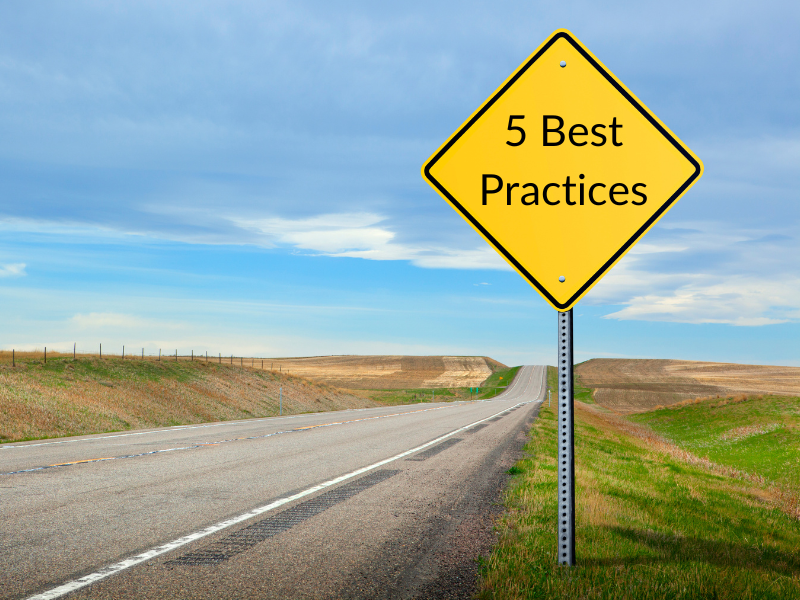Emerging Trends in Employee Experience: What Companies Need to Know

In an increasingly digital and hybrid world, employee experience (EX) has become a strategic pillar for attracting and retaining talent. Companies must reinvent their practices and adopt a human-centred approach to meet modern expectations. Based on the study After-COVID Era: Workplace 4.0 as the New Revolution of Employee Experience, this article highlights the key trends in EX that organizations need to understand to tackle current and future challenges.
A Hybrid and Flexible Workspace
Workplace 4.0 marks a new era of digital and flexible environments where remote work and flexibility are essential. Modern technologies enable companies to assemble diverse teams without traditional geographical constraints. The study explains that technology has allowed people to work remotely and hire talent from other countries, which was not possible a few decades ago. This flexibility helps employees balance their work and personal lives, an increasingly valued benefit.
With company culture as a critical infrastructure, HR and IT departments must collaborate to ensure every employee has the necessary tools, regardless of location. Jeanne Meister notes that culture is rapidly becoming the new work infrastructure, highlighting the importance of a cohesive corporate culture in a hybrid setting.
Going Beyond Engagement: Creating a Human and Personalized Experience
Employee experience now extends beyond traditional engagement to recognize employees as whole individuals. Companies are fostering solid emotional connections with their teams by focusing on “Moments that Matter” (essential events in professional life). As the research highlights, the shift to EX represents a silent revolution where organizations transition from viewing humans as assets to treating them as human beings.
This approach includes celebrating milestones such as promotions or returns from maternity leave, which strengthens employees’ sense of belonging and encourages them to become brand ambassadors. This emotional connection not only attracts new talent but also enhances the retention of current teams.
Personalization with Design Thinking and Analytics
To create effective EX, companies are integrating Design Thinking and data analytics—tools that help tailor the employee journey to individual expectations. Organizations like Google and LinkedIn utilize these methodologies to craft customized work experiences, starting with observations, empathetic interviews, and active listening through various channels. After identifying patterns, they design experiences (based on employee personas) that are tested to meet the unique needs of their teams.
In fact, at Maïeutyk, our cocreation workshops, where we develop and reinvent employee experience strategies, are also based on Design Thinking.
A Tangible Impact on Performance and Loyalty
Investing in EX goes beyond improving employee well-being; it also yields measurable benefits for the organization. Studies indicate that companies with high EX scores achieve significantly better economic performance. According to the IBM Smarter Workforce Institute and the Global Workforce study, organizations in the top 25% for employee experience report nearly three times the return on assets compared to others. These results lead to reduced employee turnover, increased productivity, and improved customer satisfaction.
By enhancing employer branding, these companies can more easily attract new talent and boost engagement among existing teams. A positive EX encourages employees to invest more in their work and to advocate for their organization, thereby enhancing competitiveness in the job market.
Holistic Well-being and Agility: Essential Approaches
Expectations around well-being have expanded to encompass physical, mental, and financial health. The study indicates that well-being should not be limited to medical reimbursements but should include a comprehensive wellness package. Many companies are developing complete wellness programs integrating psychological support, financial benefits, and physical health resources. These initiatives help reduce absenteeism, improve motivation, and foster a healthier work environment.
In conclusion, alignment between brand experience (BX), customer experience (CX) and employee experience (EX) is essential to ensure a consistent approach to EX across the organization. Employee journey mapping, combined with close collaboration between teams (human resources, marketing, IT, etc.), adds value to each key stage and ensures organizational agility capable of responding rapidly to change. This culture of innovation and responsiveness strengthens brand image, builds talent loyalty and creates an enriching employee experience, ensuring competitiveness in a constantly changing environment.
Category
Share

